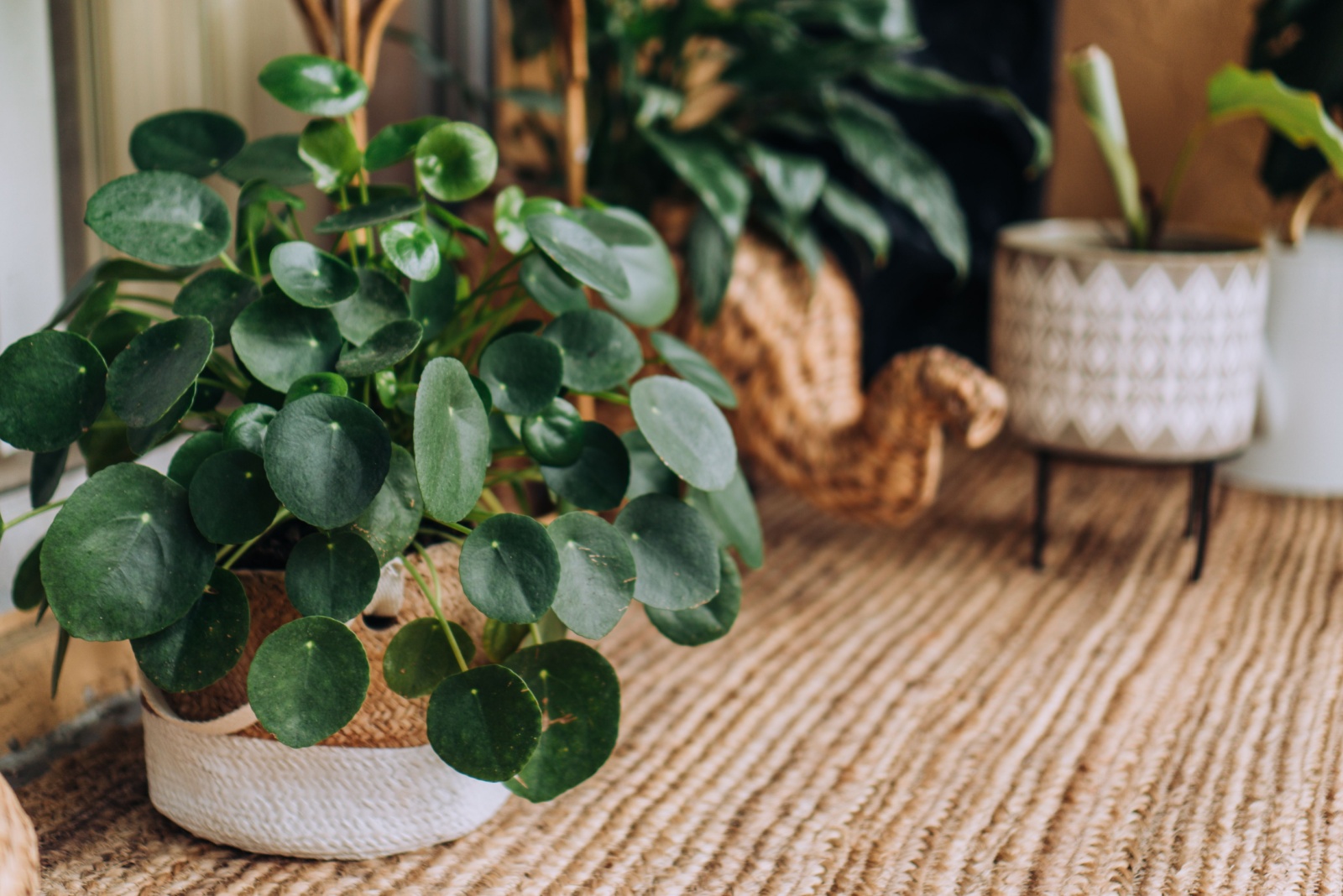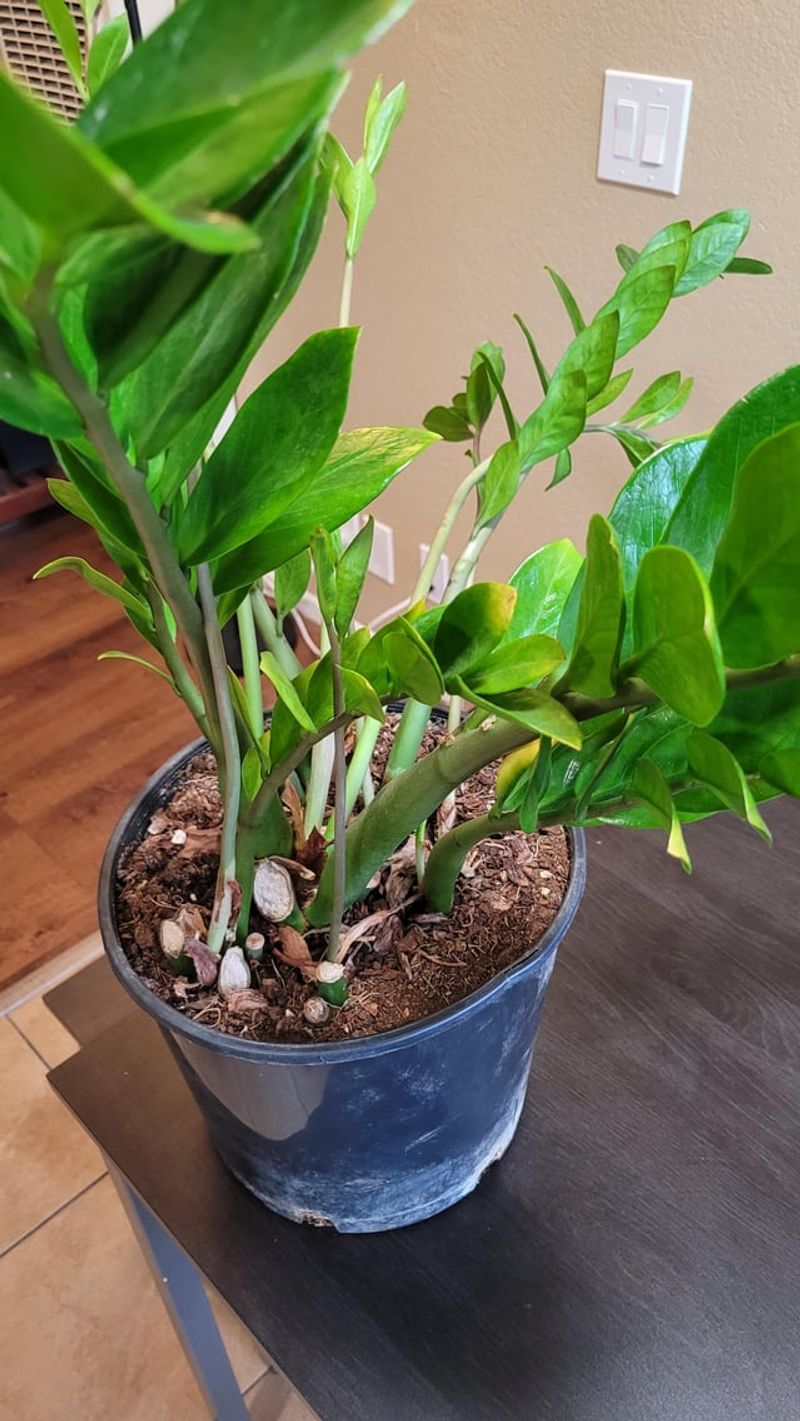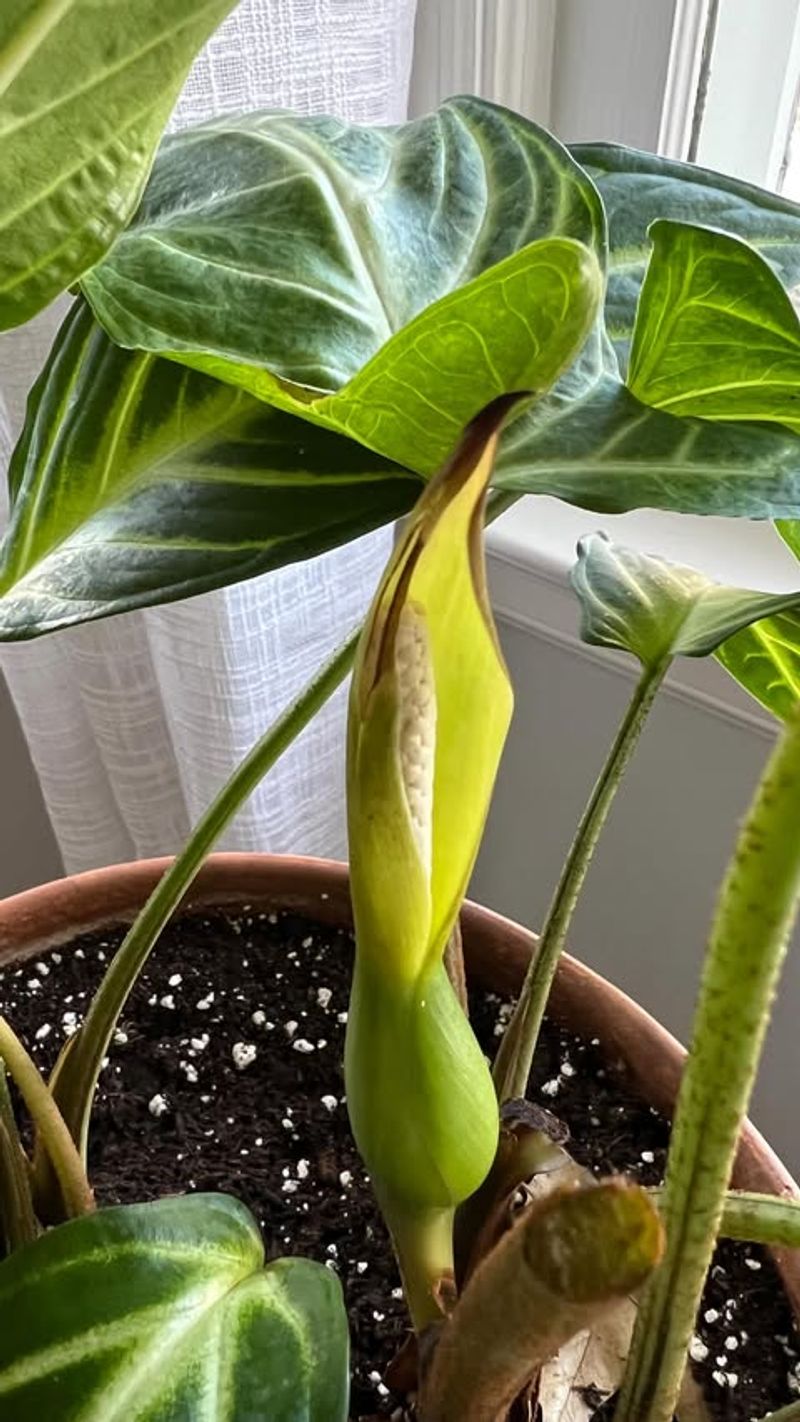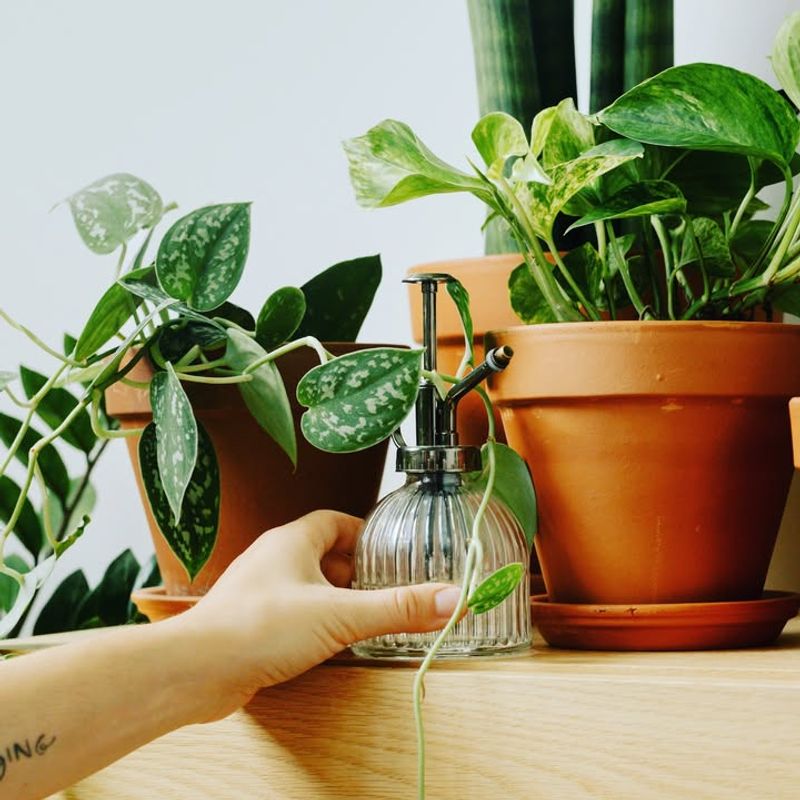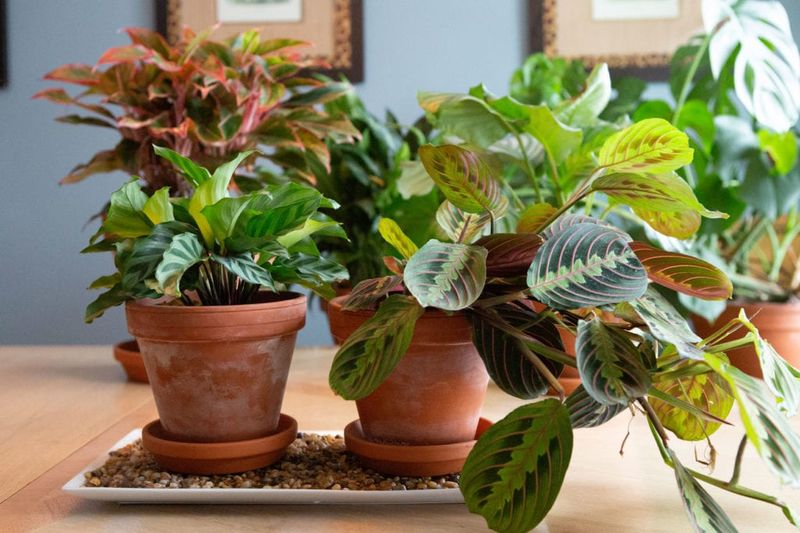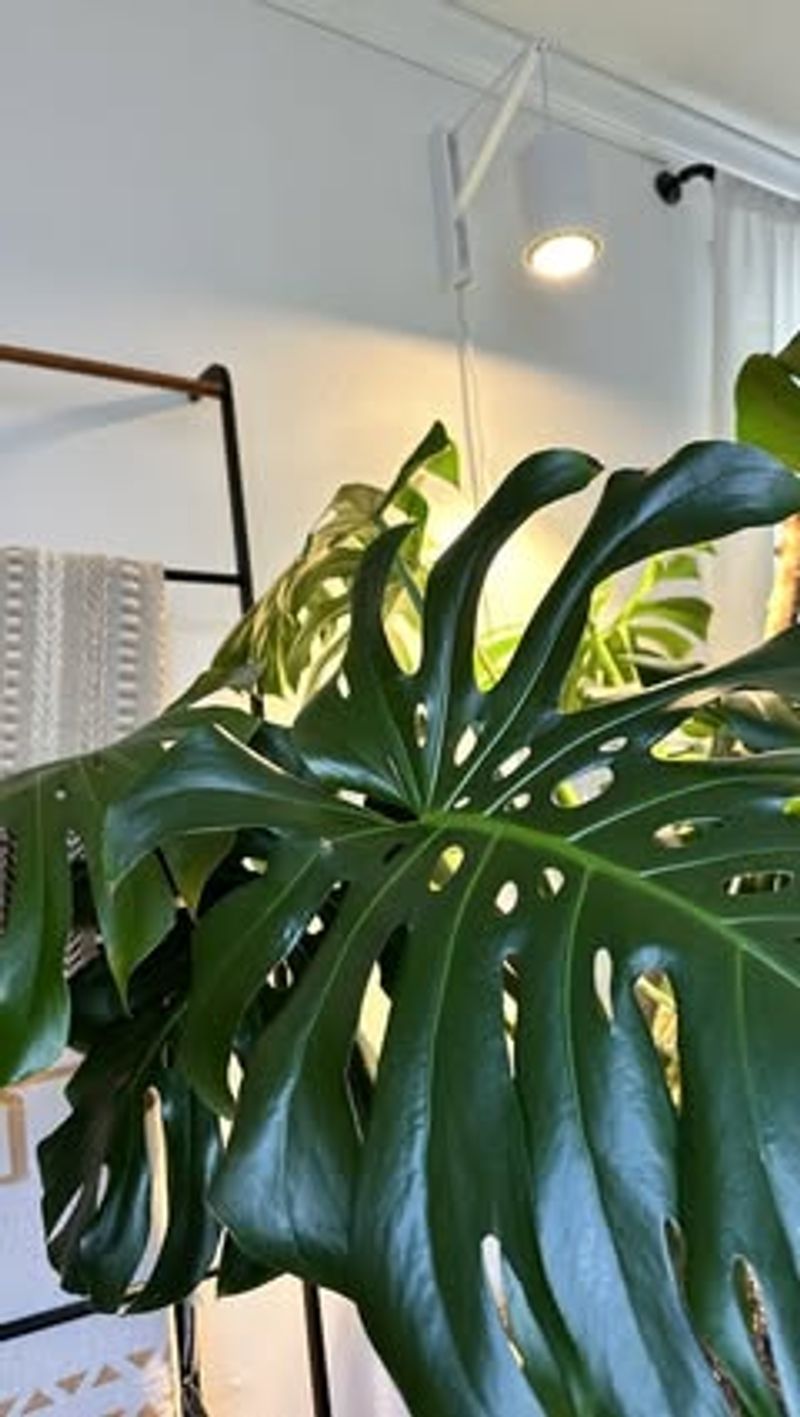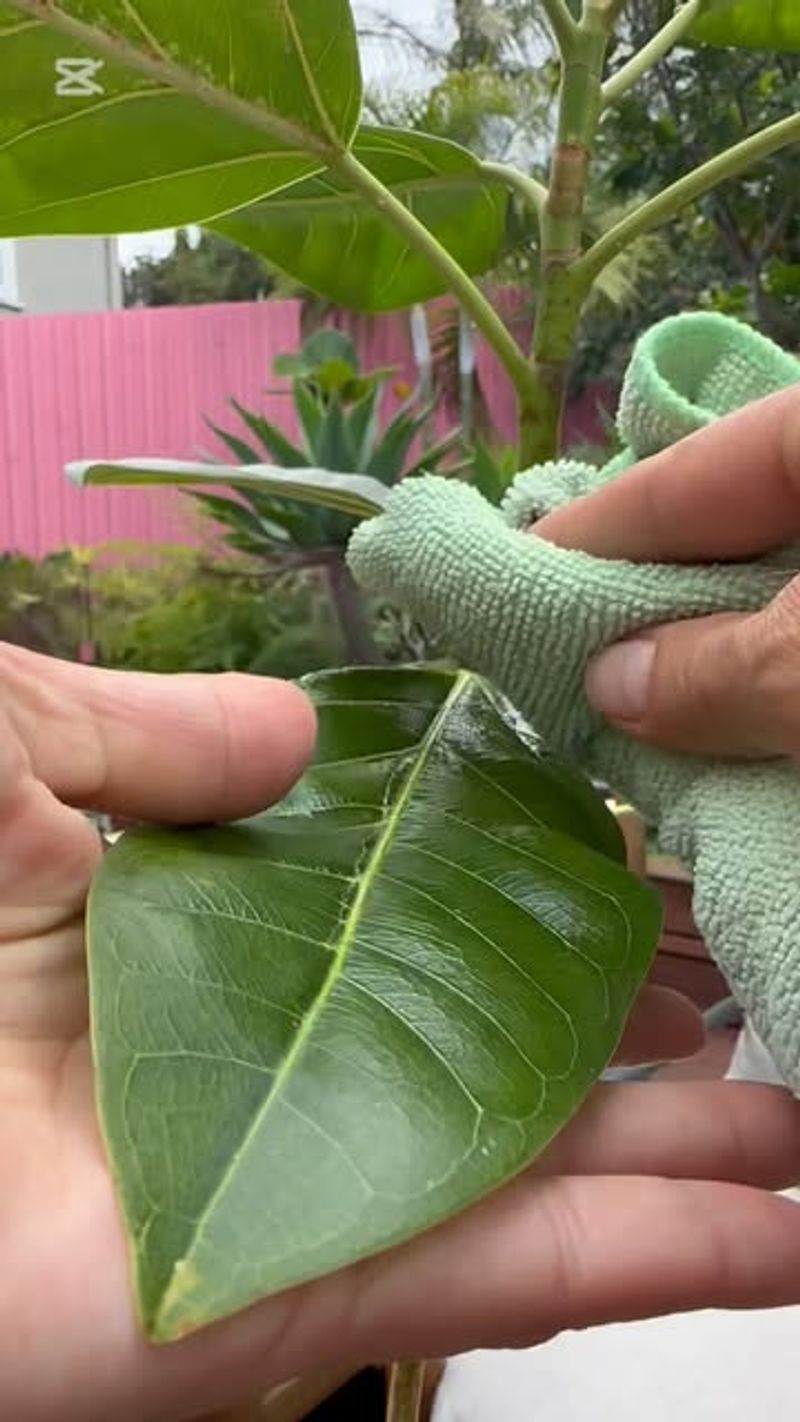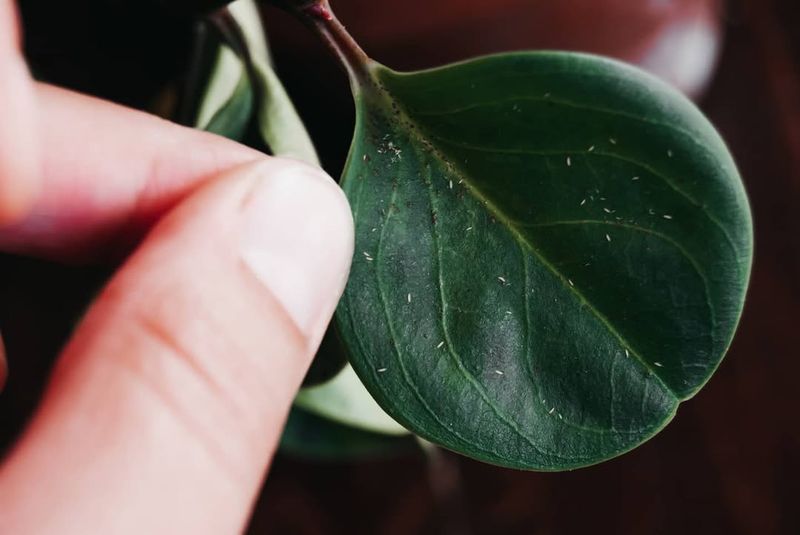Fall in Michigan brings cooler temperatures and shorter days, which can really affect your houseplants. Many plant owners make a common mistake during this season that can harm their green friends.
Understanding what to avoid and how to adjust your care routine will help your plants stay healthy and vibrant all autumn long.
1. Stop Overwatering As Daylight Decreases
Your plants need far less water when fall arrives because they enter a slower growth phase. Michigan’s reduced sunlight means less photosynthesis, so roots absorb moisture more slowly than in summer.
Many plant owners forget to adjust their watering schedule and continue summer habits. Soggy soil leads to root rot, yellowing leaves, and fungal problems that can kill your plants.
Check the top two inches of soil before watering, and wait until it feels dry to the touch.
2. Reduce Fertilizer During Dormant Months
Plants naturally slow down their growth when autumn arrives, entering a rest period similar to hibernation. Feeding them the same amount of fertilizer as summer can actually burn their roots and damage delicate tissues.
Most houseplants only need fertilizer once a month during fall, or you can stop completely until spring. Think of it like eating a big meal before bed—your plants simply cannot process all those nutrients right now.
Save your fertilizer budget and give your plants the break they need.
3. Watch Out For Cold Drafts Near Windows
Michigan’s chilly fall winds can sneak through window frames and shock tropical houseplants that prefer warmth. Even a small draft can cause leaf drop, browning edges, and stunted growth in sensitive varieties.
Move plants a few feet away from windows at night, or use curtains to create a barrier against cold air. Plants like ferns, pothos, and peace lilies are especially vulnerable to temperature swings.
Your plants will thank you with healthier foliage and continued growth throughout the season.
4. Maintain Proper Humidity Levels Indoors
When you turn on the heat in your Michigan home, the air becomes much drier than your houseplants prefer. Low humidity causes brown leaf tips, crispy edges, and makes plants more vulnerable to spider mites and other pests.
Group plants together to create a mini humid environment, or place them on pebble trays filled with water. You can also mist them weekly or invest in a small humidifier for the room.
Keeping humidity between 40-60% helps most houseplants thrive beautifully.
5. Adjust Light Exposure As Days Shorten
Shorter fall days mean your plants receive significantly less natural light, which can cause leggy growth and pale leaves. Moving plants closer to windows or rotating them regularly ensures all sides get equal exposure.
South-facing windows provide the brightest light during Michigan’s autumn months. If natural light is limited, consider adding grow lights on timers to supplement what your plants need.
Proper lighting keeps foliage colorful and prevents your plants from becoming weak and stretched out looking.
6. Clean Leaves To Maximize Light Absorption
Dust accumulates quickly on houseplant leaves during fall when windows stay closed and heating systems circulate indoor air. A layer of dust blocks sunlight and reduces your plant’s ability to photosynthesize effectively.
Gently wipe leaves with a damp cloth every few weeks to keep them clean and shiny. This simple task also helps you spot pests early, like spider mites or scale insects.
Clean leaves mean healthier plants that can make the most of Michigan’s limited autumn sunshine.
7. Inspect Regularly For Common Fall Pests
Spider mites, fungus gnats, and scale insects become more problematic during fall when plants are stressed from environmental changes. Bringing outdoor plants inside can also introduce unwanted bugs to your entire collection.
Check under leaves and along stems weekly for tiny webs, sticky residue, or small moving dots. Catching infestations early makes treatment much easier and prevents spread to other plants.
Isolate any affected plants immediately and treat them with insecticidal soap or neem oil spray for best results.

